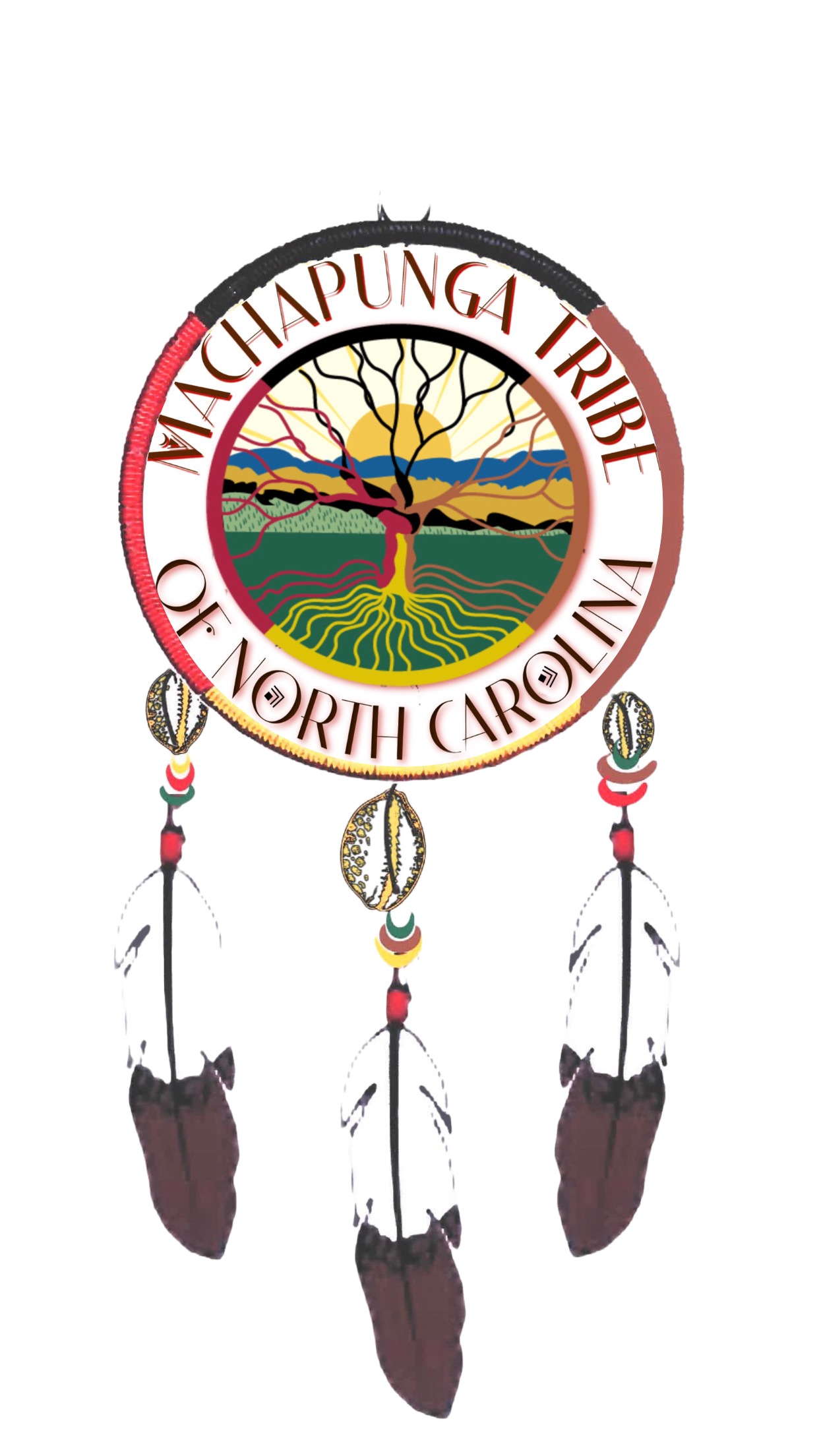Food of North Carolina Indigenous Peoples
Traditional Foods:
1. Agriculture:
Corn (Maize) A staple crop, often grown alongside beans and squash (the "Three Sisters"), reflecting sustainable and complementary planting practices.
Beans and Squash Offered essential nutrients and were integral to diets.
Sunflowers Cultivated for seeds and oil.
2. Hunting and Fishing
Game :Deer, turkey, rabbits, and other animals were hunted, providing protein-rich diets and skins for clothing.
Fishing: Freshwater fish, shellfish, and crabs were common food sources. Indigenous peoples skillfully used nets, traps, and spears.
Seasonal Availability: Hunting and fishing were closely aligned with seasonal patterns, with communal hunts being a shared responsibility.
3. Foraging:
Wild Berries and Nuts: Acorns, walnuts, hickory nuts, blueberries, blackberries, and more were foraged and sometimes processed for flour.
Roots and Herbs: Wild onions, roots, and other plants added nutrition and flavor to meals.
4. Food Preparation and Storage:
Drying and Smoking: Fish, meat, and corn were often dried or smoked for preservation.
Pounding Corn: Corn was ground into flour or meal and used for breads (like cornbread and ash cakes) and porridge (hominy).
Spirituality of North Carolina Indigenous Peoples
Core Beliefs and Practices:
1. Connection to the Land:
Indigenous spirituality often emphasized the sacred relationship between people and the land, seeing themselves as caretakers with mutual responsibility.
Rituals and prayers often accompanied planting, hunting, and harvesting to ensure the earth’s continued fertility and to show gratitude.
2. Animism:
The belief in the spiritual essence of all elements of the natural world—plants, animals, rivers, and celestial bodies—was central to their worldview.
Many tribes believed in spirit helpers and sought guidance from animal totems, often seen in visions and dreams.
3. Ceremonies and Rituals:
Seasonal Ceremonies: Specific rituals were tied to seasonal cycles, such as the Green Corn Ceremony, which marked the first corn harvest and included fasting, feasting, dancing, and purification.
Dances and Music: Drumming, singing, and dancing were common expressions of spirituality and means to communicate with spirits.
Sacred Fires: Many tribes maintained sacred fires as symbols of life and continuity, sometimes used in purification rites and gatherings.
4. Medicine People and Spiritual Leaders:
Role of Healers: Medicine people played key roles as spiritual leaders, healers, and keepers of cultural traditions.
Herbal Medicine: Spiritual and physical healing were intertwined, often utilizing herbal remedies, chants, and sacred practices.
5. Sacred Sites:
Particular natural locations, like mountains, rivers, and specific trees, were revered as places of power and pilgrimage, often associated with stories of creation or significant cultural events.


